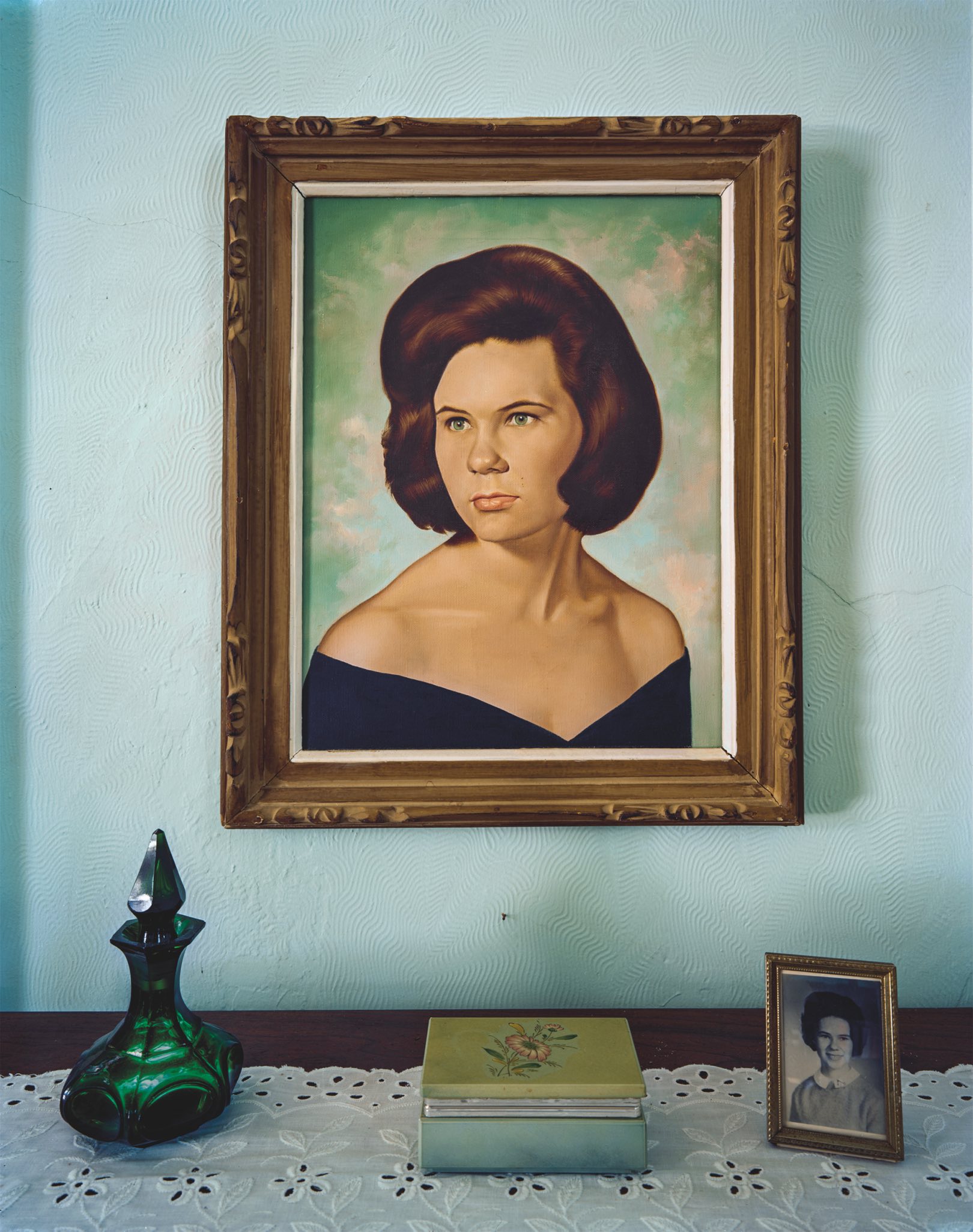Andrew Moore | Blue Alabama: Photographer Andrew Moore’s tender, surprising portrait of America’s Deep South

By Katy Cowan
On Creative Boom
Taking his usual in-depth approach, the American photographer spent four years in lower Alabama, searching for what he called "that 'deep history' which resides in the humblest of settings". And Alabama’s Black Belt – named for its fertile soil and deeply associated with the region’s African American culture – has that history. Before the Civil War, the region was the nation’s highest producer of cotton. Later on, it was the site of some of the Jim Crow era’s most vicious violence as well as the Civil Rights Movement’s key battles.
Photographic history also runs thick through Alabama. The tenant farmers immortalised in James Agee and Walker Evans’ Let Us Now Praise Famous Men (1941) were residents, and some of the most famous images of the Civil Rights Movement – Bull Connor’s police dogs in Birmingham, the standoff at the Edmund Pettus Bridge in Selma – were produced here.
Moore’s photographs of the Black Belt honour its complicated histories but depart from them, avoiding stereotypes and finding the hope, resilience and creativity that animate this place.
With the photographer acting "as a listener at history’s doorstep," his series, Blue Alabama, offers a tender, surprising portrait of the South – a region marked by economic, social and cultural divisions, but also a love of history, tradition and land.
You can enjoy this compelling series in a new book of the same name, which also includes a previously unpublished story by award-winning American novelist Madison Smartt Bell. *Andrew Moore: Blue Alabama is published by Damiani and out in September.
Read more and find more photographs, here.